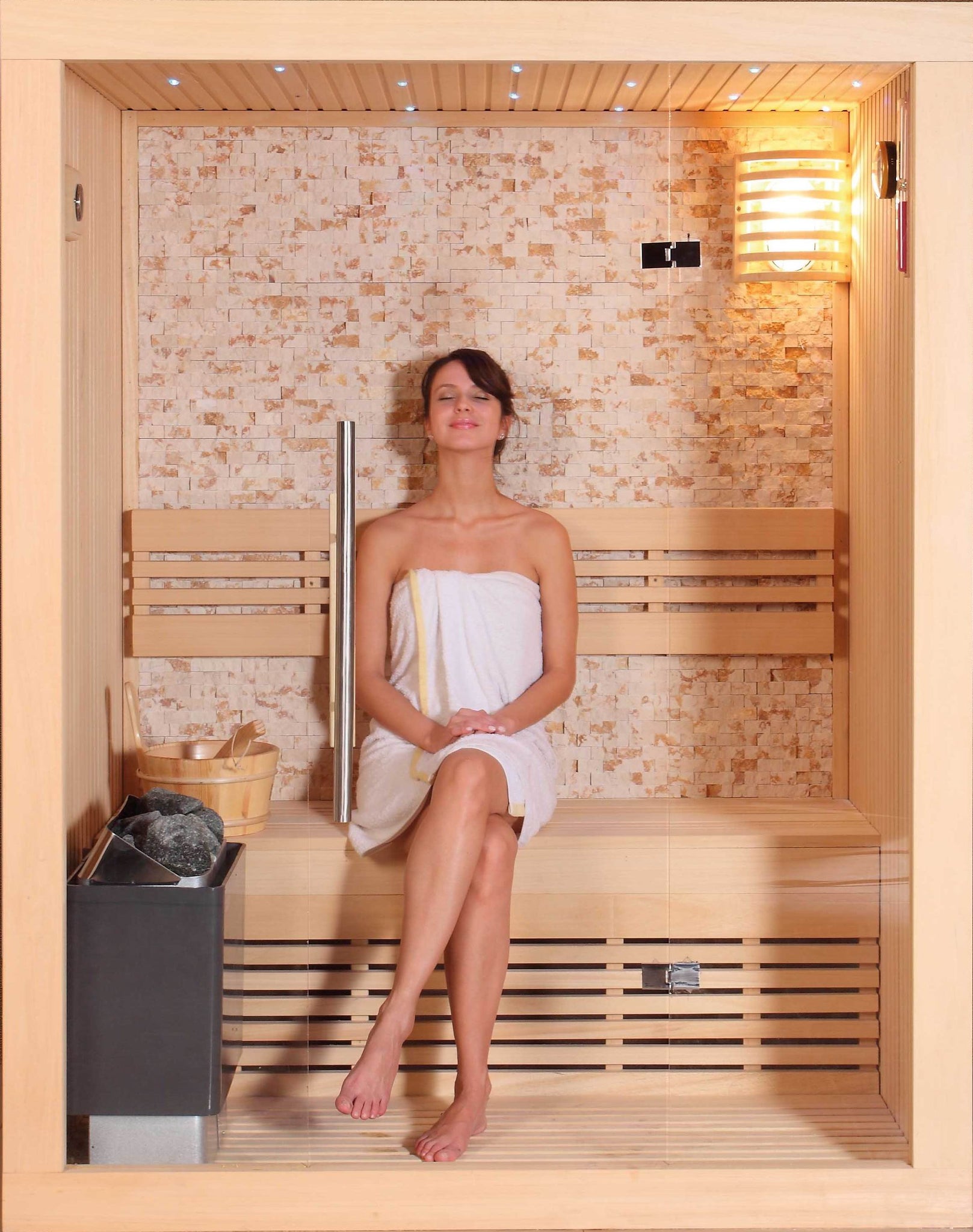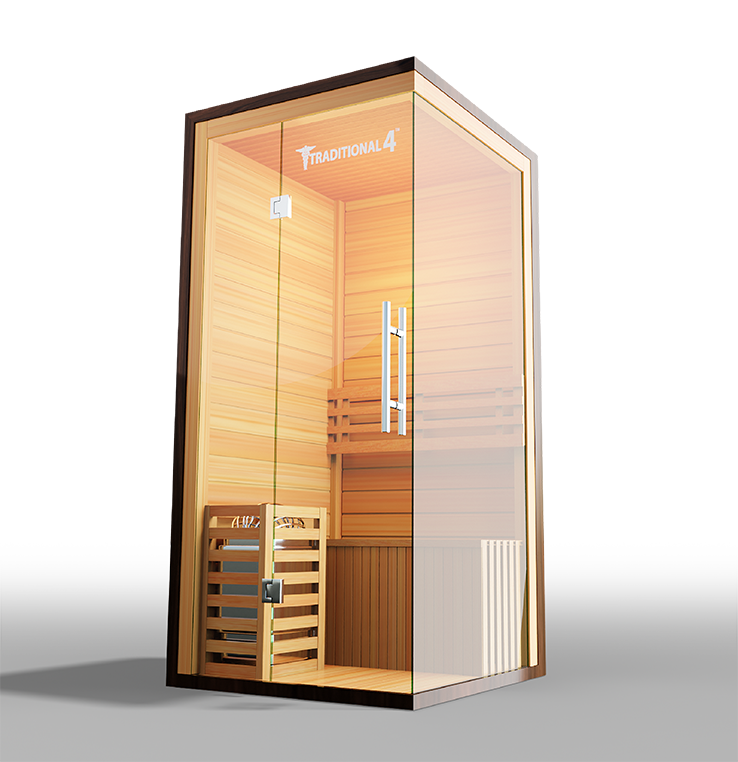The 6-Second Trick For Traditional Sauna
The 6-Second Trick For Traditional Sauna
Blog Article
The Of Traditional Sauna
Table of ContentsTraditional Sauna Can Be Fun For AnyoneThe 7-Minute Rule for Traditional SaunaFacts About Traditional Sauna UncoveredWhat Does Traditional Sauna Do?More About Traditional Sauna
Many of the weight lost in a sauna is water loss and is re-gained upon rehydrating. Without an uncertainty sauna can be a crucial part of a healthy and balanced weight loss program. To check out the differences in between standard and IR saunas, I will certainly separate these into verifiable, theoretical, and produced differences.Hence, the hottest factor in the saunawhich is at the ceiling directly over the sauna heateris commonly in between 185 and 190 F. Claims that a conventional sauna goes beyond 200 F is simply not true and not relevant for electric saunas sold in the US. The temperature for a far-infrared sauna is typically established between 120 and 140 F; nonetheless, unlike the standard sauna, the goal in and IR area is not to achieve a high temperature level.

When a typical sauna has been appropriately heated up, the sauna walls are cozy, the air temperature has attained set temperature and the rocks are incredibly heated. As an intriguing side note, the heated wall surfaces and the rocks are producing far-infrared warm, integrated with the warmed air, to develop an "enveloping warm".
The 4-Minute Rule for Traditional Sauna
When the heat is achieved, the aspects cycle on and off to keep the heat. A lot of typical sauna users appreciate putting water over the rocks to create heavy steam to increase sauna moisture levels. The advantages of putting water over the rocks include: making the room more comfy, dampening the nasal flows, and allowing the usage of aromatherapy by mixing crucial oils with the water.

When the energy enters the body, it causes the body temperature to enhance and eventually leads to sweating. In an infrared sauna it is essential for the emitters/heaters to continue to be on practically regularly. Considering that there is no mass of rocks to maintain warm, the sauna will cool if the emitters turned off.
Traditional Sauna for Beginners
As pointed out above, the sauna bather in an infrared space desires to position himself before running emitters to obtain optimal gain from the warmth. The heating time for both spaces can be really different, relying on exactly how the areas are utilized. For a standard sauna, a bather needs to permit 30-40 mins for the space to read this achieve a wanted temperature and to correctly pre-heat the rocks.

A well built sauna will typically accomplish a temperature level of 150-160 F in regarding 30-40 mins (Traditional Sauna). For hotter temperature levels, the room might require to warm for a longer duration. As soon as the room accomplishes set temperature level, the heating system will cycle on and off, normally running about 50% of the time. The protected wall surfaces and the warmed rocks will certainly keep the area warm and at stable temperatures.
To some, 15 mins was "lost" while the infrared energy heated the wood panels as opposed to heating up a body, while others find a pre-heated room to be more comfortable and believe an elevated starting temperature is needed to start perspiring. The length of recommended use for every space is roughly the same (10-15 mins per session); nevertheless, due to the lower air temperature levels and the capacity to really feel the effects of infrared warmth much faster than a traditional sauna, it is not uncommon for a person to spend a total of 20-30 mins in an infrared sauna.
Not known Details About Traditional Sauna

The average expense per kWH of electrical energy in the united state is roughly $0.11, so a 4.5 kW heater will certainly cost about $.50 to run for one hour, if the heater runs constantly for one hour. Typically a sauna heating unit will certainly run for 75% of the very first hour and 50% of subsequent hours on considering that the elements cycle once the set temperature is accomplished.
A 2 person far-infrared space is generally physically smaller than a conventional sauna, typically about 4' x 4' or smaller. The IR heater is commonly 1.5-1.7 kW using a 120 volt 15 amp plug-in service. Considering that the area can be made use of sooner than a sauna room, we Click This Link will presume the room is utilized for to of an hour consisting of warm up time.
Ultimately, there is a hardly ever gone over distinction in the social experience in between the 2 areas. While our society has lost a few of the social benefit of the conventional sauna experience, it can be extremely socially gratifying try this out (Traditional Sauna). From household time in the sauna, to heart-felt discussions with considerable others, to sauna partiesthe standard sauna experience can lead to intimate socializing
Some Known Facts About Traditional Sauna.
The majority of higher end infrared areas include colored light therapy, noise systems and full-glass fronts.
Report this page